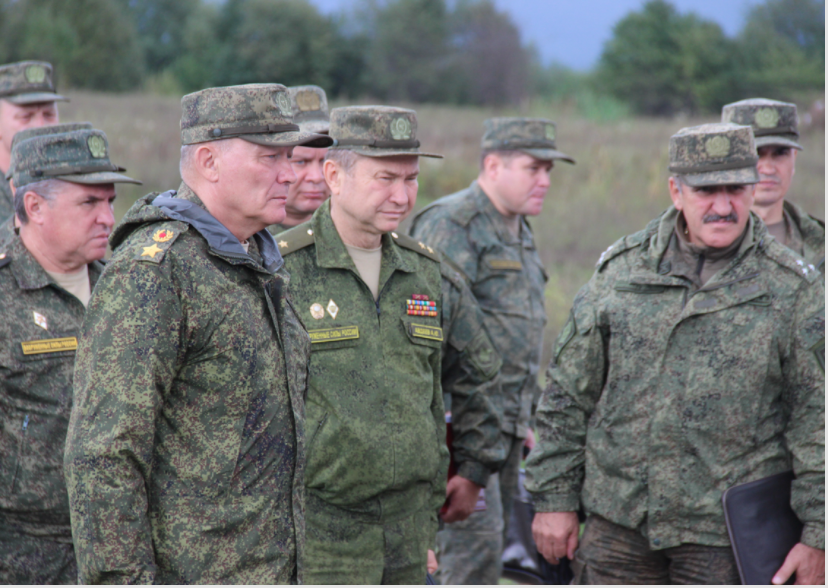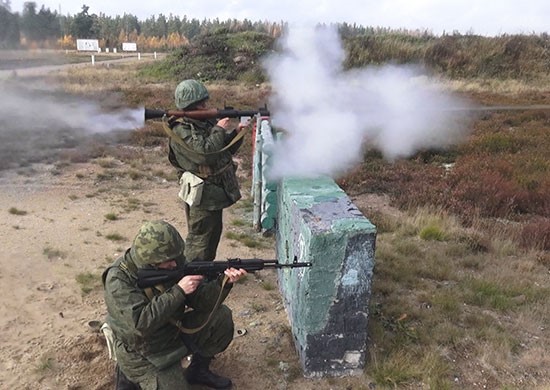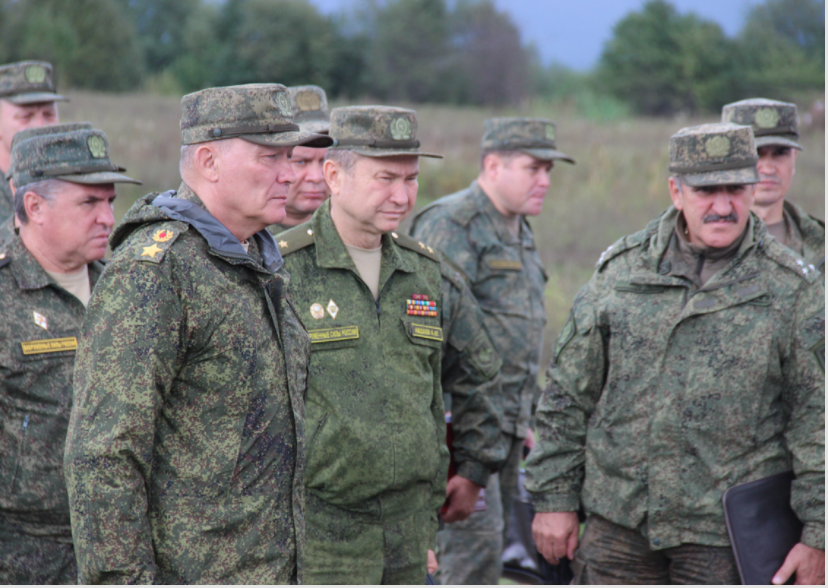
General Dvornikov inspecting BARS servicemen.

Reservists in training.
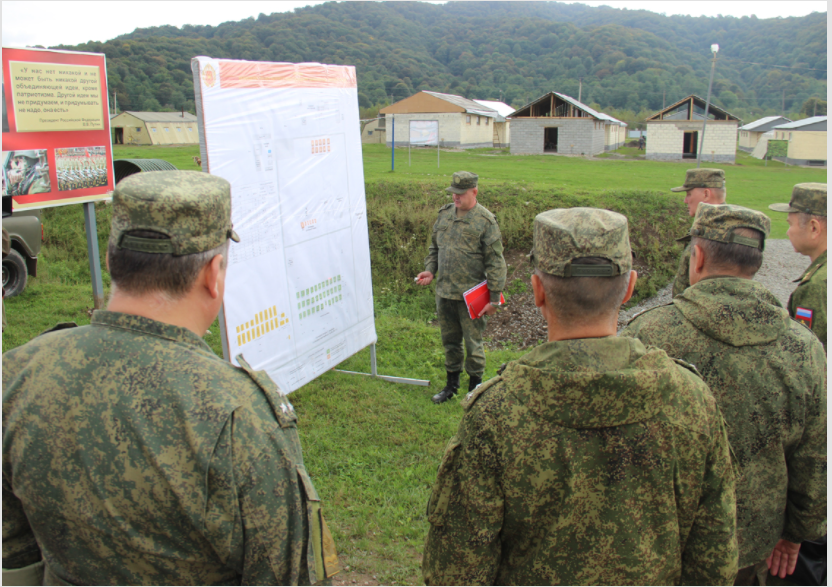
BARS servicemen in training.
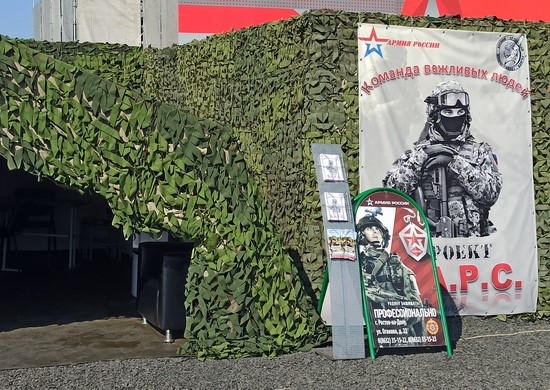
BARS training site.
“As part of a three-day training session with BARS [National Army Combat Reserve] Southern Military District units, about 30 thousand reserve servicemen were trained in four months of 2021.”
“Formation of the MLR [human mobilization reserve] will continue for the next three years. It is planned to spend 7.3 billion rubles [$95.6 million] from the budget under the article “Mobilization and Civilian Environment Training” in 2021, with over 16 billion rubles [$209.6 million] being spent for these purposes each year from 2022-2024.”
The accompanying excerpted articles discuss Russia’s latest effort to form a functional operational reserve system. Unlike past efforts, which Russia poorly resourced and quickly abandoned, the National Army Combat Reserve (BARS) system appears to have sufficient resources and is now taking shape (see “Developments in Russia’s BARS Reserve System, OE Watch, #1, 2022) The official Russian Federation Ministry of Defense website describes how the military is implementing BARS in the Southern Military District and trained 30,000 personnel in 2021. The excerpted article from Russian newspaper Nezavisimaya Gazeta notes that Russia is making large investments in BARS and plans to spend roughly $209.6 million on its human mobilization reserve from 2022 to 2024. The article also mentions that the Southern Military District’s total reserve end strength is envisaged to eventually be 38,000 personnel, a number sufficient to man an Army Corps. A regional website called Artemovskiy Yegorshinskiye Vesti discusses the motivations of a soldier from the Sverdlovsk region for joining BARS, which include competitive pay and boredom from COVID restrictions. The Artemovskiy Yegorshinskiye Vesti piece is important because it confirms that BARS is being implemented in additional military districts, in this case the Central Military District.
Source:
“В новом году в ЮВО продолжится подготовка резервистов на базе более 20 учебных объектов (In the New Year, the Southern Military District will continue training reservists at more than 20 educational facilities),” Russian Federation Ministry of Defense (official website of the Russian Federation Ministry of Defense), 9 January 2022. https://tinyurl.com/3epupdzs
In the Southern Military District, on the basis of field camps, the practice of conducting training sessions for the territorial defense units of the National Army Combat Reserve (BARS) [Боевой Армейский Резерв Страны (БАРС)] will continue. “At 9 training grounds of the district, 23 training and material bases have been deployed, 240 officers and sergeants have been selected to conduct training sessions with reservists,” General of the Army A. Dvornikov specified.
In addition, at the direction of General of the Army A. Dvornikov, the command of the territorial defense units of the Southern Military District will be involved in tactical exercises at various levels during the winter training period. “To involve the command staff of the reserve military units in bilateral regimental and battalion tactical exercises using the command-staff method,”… For training in the field, the training and material base of the reserve military units has been equipped and weapons and military equipment have been prepared for use…As part of a three-day training session with BARS Southern Military District units, about 30 thousand reserve servicemen were trained in four months of 2021.
Source: “В России начали создавать новую мобилизационную систему: Вооруженные силы РФ укрепляют резервистами (New Mobilization System Began to Be Created in Russia: Russian Federation Armed Forces Are Being Strengthened with Reservists),” Nezavisimaya Gazeta (Russian newspaper), 24 December 2021. https://www.ng.ru/armies/2021-12-24/11_8335_army5.html
The state seriously concerned itself with creating a reserve in case of a big war and technogenic disasters… This is happening in post-perestroika Russia for the first time. It is planned that the army combat reserve for each district will consist of several tens of thousands of persons…
The presidential edict on establishing a mobilization reserve was not published fully anywhere in open sources, because the activation and organization of activities of mobilization resources are classified subjects. Experts declared unanimously, though, that this is a very expensive project for Russia. There was no information in the unclassified part of the document as to how many people it was proposed to involve, in what time periods to develop the reserve, and how much money to spend on it. State Duma deputies presumed that in conducting an experiment of activating a human mobilization reserve (MLR) [мобилизационного людского резерва (МЛР)], as a minimum it can be a matter of a brigade numbering around 5,000 reservists, and its upkeep will cost the budget approximately 1.5 billion rubles per year [$19.7 million]…
But the activation of reservist units and formations already had begun in the Armed Forces in August 2021. Colonel Konstantin Zapatotskiy, chief of Southern Military District Organization-Mobilization Directorate, announced that with conclusion of the first contract, a lump-sum payment will be made to the reservist: up to 66,000 rubles [$865] for an officer and up to 39,000 rubles [$511] for a private or sergeant…
In August 2021 the Southern Military District Organization-Mobilization Directorate had been assigned the task of bringing the numerical strength of reservists to 38,000. It will be possible to activate an entire army corps from them, and this considering the fact that three combined-arms armies are already deployed in the district. It is not known precisely how many managed to be recruited in reality, but it was reported that training sessions and exercises already were being held with reservists in the fall. Formation of the MLR will continue for the next three years. It is planned to spend 7.3 billion rubles [$95.6 million] from the budget under the article “Mobilization and Civilian Environment Training” in 2021, with over 16 billion rubles [$209.6 million] being spent for these purposes each year from 2022-2024.
Source: Aleksey Moskvitin, “‘Партизаны’ вновь в строю. Резервист рассказывает о военных сборах (‘Partisans’ in Formation Again; A Reservist Describes Training Camp),” Artemovskiy Yegorshinskiye Vesti (regional website covering the Sverdlovsk Oblast), 10 January 2022. https://vestart.ru/grand/6137-partizany-vnov-v-stroyu-rezervist-rasskazyvaet-o-voennykh-sborakh.html
One of the first in Artemovskiy to sign a contract to serve in the Russian Federation Armed Forces mobilization reserve has attended three weeks of training camp at the Yelan’ garrison. Here, he shares his impressions. Not many in Artemovskiy are keen to serve as army reservists, but perhaps they should be. You get a decent uplift to your main salary, and a distraction from the day job. This is the story of 23-year-old reservist Vladislav Skutin, who signed a three-year contract with the Defense Ministry.
“What made you decide to do this?”—we asked him. “I probably wanted a break from the pandemic and QR codes. You can’t go out anywhere so I decided to give it a go,” is how Skutin, a service desk worker at Yandex Taxi, began the conversation. “I was bored of the same stuff day in day out, I saw a notice about the military reserve, and decided to try it out. I passed the examination at the military commissariat in mid-September, and I was accepted into the reserve.”
Vladislav served his time as a conscripted soldier in Podmoskov’ye, in the town of Kashira. He spent a year in an HQ working as a radio and telephone operator, without getting to experience all the hardships and deprivations of army life. And he wanted to see what he had missed.
“I went to the camp in Yelan’ as a signaler, in the rank of corporal,” the “reservist” said. “For me the most unforgettable thing was living in November frosts in 50-bed army tents with iron stoves, bunks, and washbasins. Conscripts from the Yelan’ garrison brought us firewood and warm water.”…“We were given the same uniform as National Guardsmen, but without the insignia. So we looked different from regular soldiers,” he recalls. “Within the unit and outside it, we were called ‘partisans.'” Vlad observed that “most reservists sign the contract and go to the training camps for the money.” “But I went for a change of circumstances and new experiences.” For three weeks of training, our interviewee received about 20,000 rubles [$267] into his account plus monthly reservist payments of several thousand rubles, and the average wage for his main job. Enough to live on…
Image Information:
Image: General Dvornikov inspecting BARS servicemen
Source: Russian Ministry of Defense, https://tinyurl.com/2mvuschv
Attribution: CC BY 4.0
Image: Reservists in training
Source: Russian Ministry of Defense, https://function.mil.ru/images/upload/2019/rezerv_550.jpg
Attribution: CC BY 4.0
Image: BARS servicemen in training
Source: Russian Ministry of Defense, https://tinyurl.com/2mvuschv
Attribution: CC BY 4.0
Image: BARS training site
Source: Russian Ministry of Defense, https://function.mil.ru/images/upload/2019/UVO1_29.08.21_550.JPG
Attribution: CC BY 4.0

